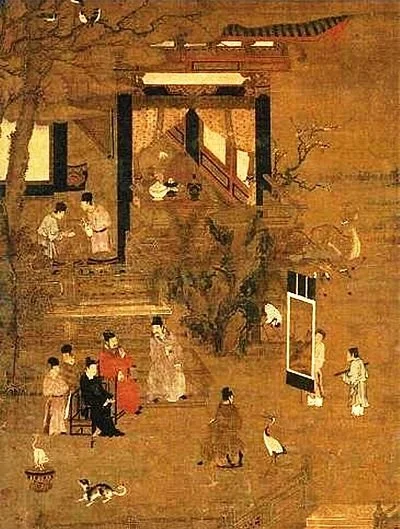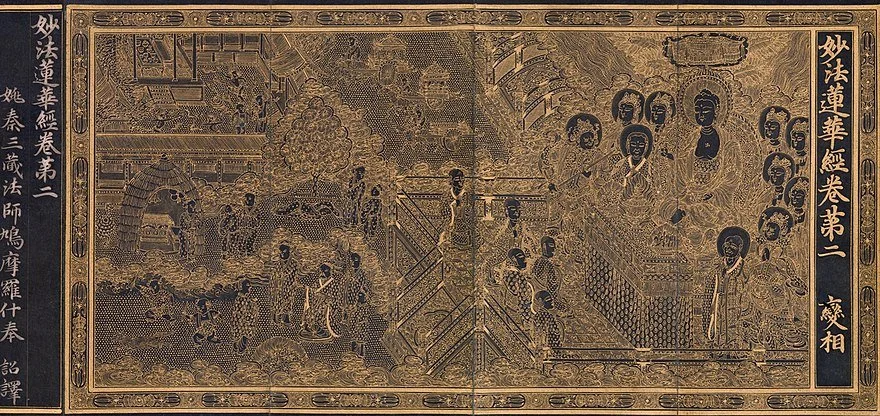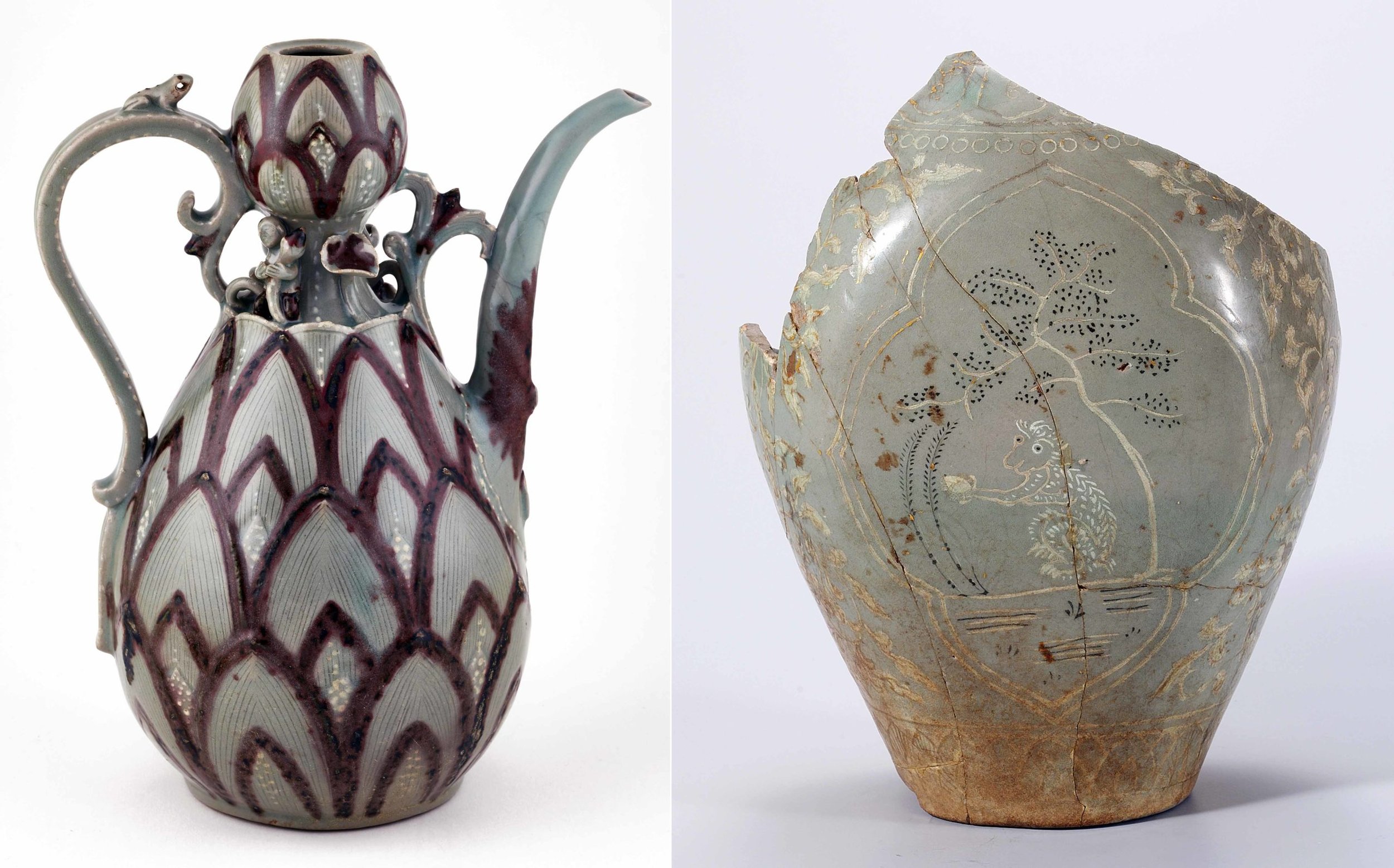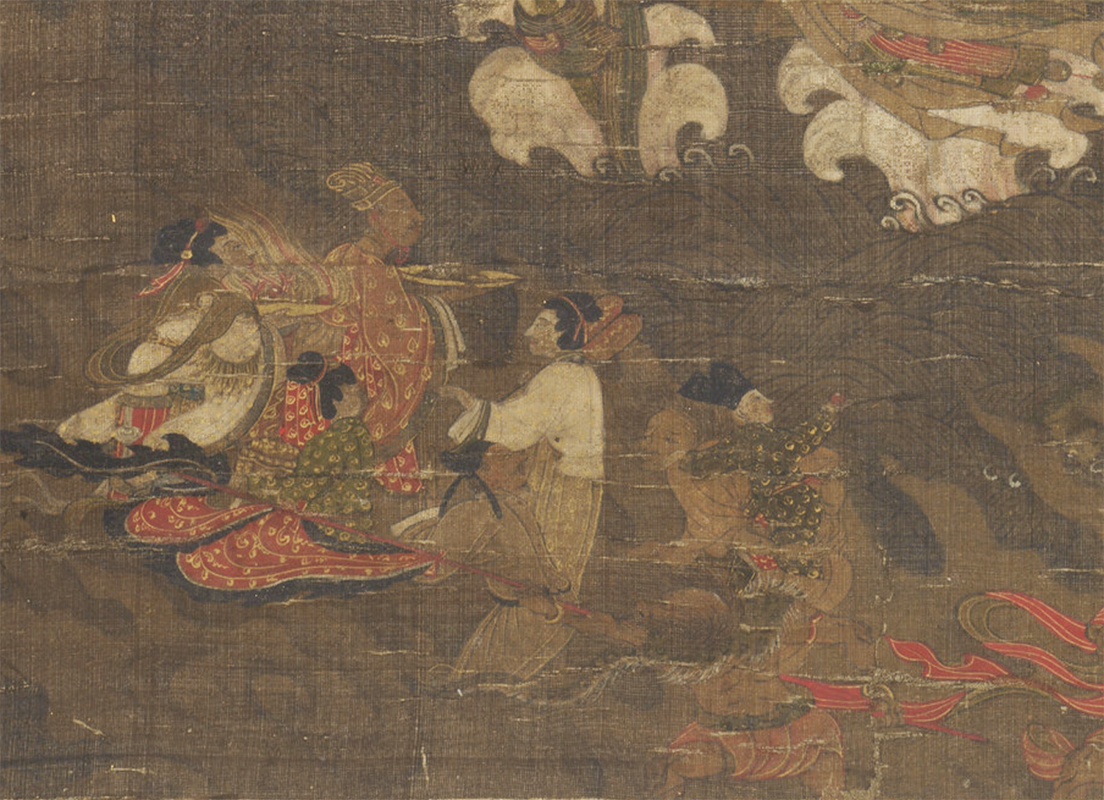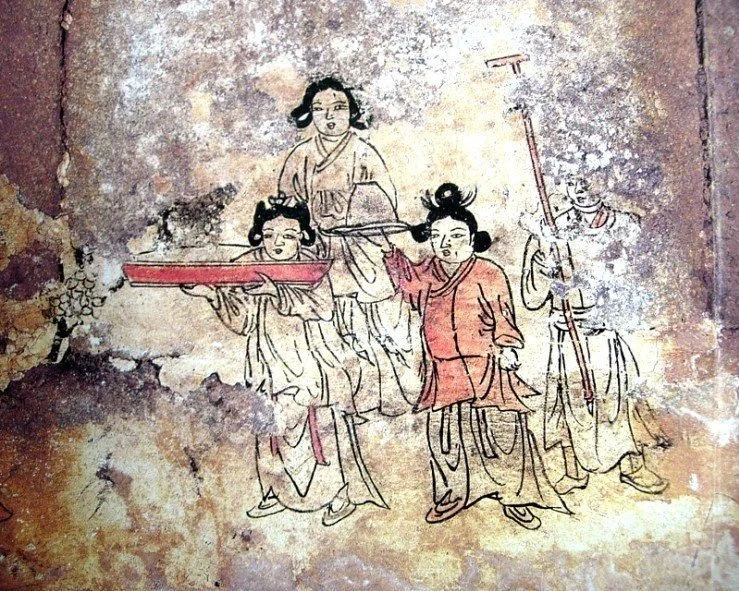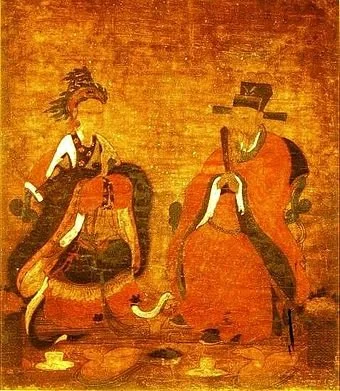The Goryeo Dynasty: A Time Still Felt Today
Celebrated as one of the most influential and innovative periods of Korea, the Goryeo Dynasty, dating from 918-1392, certainly hosts a rich history that even today people are discovering more about. Among the vast array of characteristics of the Goryeo Dynasty are its beginnings, social structures, literature, art, attire, and eventually, its end.
THE BEGINNING
Prior to 918, the fight for domination of the Korean peninsula persisted between three kingdoms, a time known as the Later Three Kingdoms Period. Once the ruler of the Goguryeo Kingdom perished, his first minister Wang Geon assumed rule, eventually defeating the other two kingdoms. As the question of how to effectively reunite the peninsula rested in his hands, he ultimately decided to name the state Goryeo, make peace by giving his former rivals government positions, and build the capital in the northern city of Songdo.
SOCIAL STRUCTURE
Common of the time, Goryeo enacted a rigid class structure. At the top, the centralized government was led by the emperor and senior administrators, followed by civil administrators chosen from a merit exam. The aristocracy also included landowners. Underneath, artisans, peasants, and slaves (mostly prisoners of war, debtors, and criminals) made up the majority of the population.
Compared to other periods of Korea, the Goryeo dynasty gave women more prominence. Women could earn equal parental inheritance between other siblings, own land, and handle personal finances. In regards to marriage, men would often move in with the wife’s family, and the wife had the right to divorce.
Wang Geon, founder and first emperor of the Goryeo dynasty (ruled from 918-943)
Painting depicting Goryeo subjects, most likely nobles due to the prevalence of a special type of gat worn by the men
LITERATURE AND THE ARTS
With new ideas abounding throughout all parts of society, development in literature and the arts flourished. Influenced by the Chinese Song Dynasty, all people of Goryeo adopted various Buddhist beliefs and practices. To record these precious ideas, woodblock carvings and mulberry-produced hanji paper with ink rapidly grew in popularity. A more expensive preservation method, illuminated manuscripts, depicted Buddhist ideals and detailed paintings using dark hanji paper and bright gold ink.
Additionally, the government sponsored artists to create celadon, a type of glazed ceramic known for its pale green color and ornate carvings that depict Buddhist motifs such as lotus flowers, cranes, and clouds.
Illuminated manuscript of the Lotus Sutra (Sutras are scripture/teachings of the Buddha)
Jikji, the earliest known book to be formed using the movable metal type method of printing that presses characters onto hanji paper
ATTIRE
With the dawn of the new dynasty came the further development of attire. The aristocracy wore hanboks (traditional Korean dress) made with layers of colorful silk and gold-threaded crests that depicted important symbols like dragons, flowers, and phoenixes. For commoners, simpler, less colorful hanboks were worn, often of light ramie fiber (processed from the ramie nettle plant) for summer and cotton and wool for winter.
In this painting of Water-Moon Avalokiteshvara, although hard to see, some of the women wear elaborately tied knots on the sides of their hanbok (a common practice of the time)
Painting made later in the dynasty, showing the plainer clothing of commoners
NEARING THE END…
Inevitably though came the Goryeo Dynasty’s gradual demise. Especially in the 12th and 13th centuries, conflict between Buddhist sects, a growing class divide, multiple slave rebellions, and assassinations all culminated in a military coup in 1170 A.D.
In the early 13th century, when this new military leadership proved ineffectual in defending against Mongol invasions, the people overthrew the military rulers and restored power to the emperor. To achieve peace with the Mongols (Yuan Dynasty) who now presided over the Goryeo state, Goryeo government officials provided supplies for further Mongol conquests and married Mongolian princesses. It wouldn’t be until a late 14th-century military official, Yi Seong-gye, established the new Joseon dynasty that the Korean peninsula would once again be a sovereign state. While the Goryeo dynasty encompassed many flaws, its various developments laid the foundation for the Joseon dynasty and later periods, leading to influences still felt today.
Mongol Cavalry
King Gongmin and his wife, Queen Noguk, a Mongol princess of the presiding Yuan dynasty
Informational Sources:


